Tapestry bedspreads

Tapestry bedspreads, once a luxury item in the homes of aristocrats and high society, are now a classic piece of furniture decoration. At one time, they were carried out for a very long time, because it took a lot of time to create a pattern, and the manufacturing process itself required a masterful approach.
Over time, manual labor was replaced by automatic, but the canvases have not lost their beauty and sophistication. Modern tapestry bedspreads are considered a sign of delicate taste, but to demonstrate this requires knowledge of the intricacies of choice and features of capes.


Peculiarities
A tapestry bedspread is a jacquard fabric made with a special, intricately patterned weave of several netey (from three to four or more). A feature of these capes is the handmade effect when performed on a machine. Moreover, initially colored threads are involved in the work: the canvas is not dyed. Tapestry bedspreads are versatile covers made of natural material with a small percentage of artificial threads.
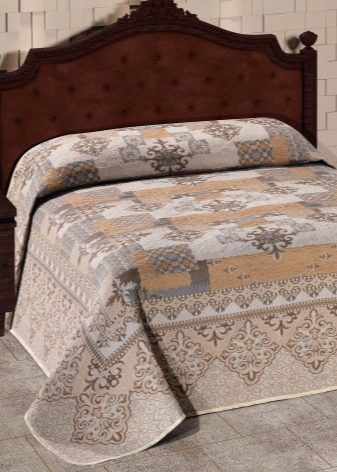

The main raw materials for their production are cotton and polyester.
Due to the minimum percentage of synthetics, the texture of the material is pleasant to the body, the product does not harm the skin, does not provoke allergies. Thanks to synthetic threads, the wear resistance of the covers to mechanical damage, the strength of the weave of the threads and the resistance to deformation as a result of application and washing increase. The composition of the fabric can be varied to improve wear resistance or thermal performance.


In high-quality models, wool or linen is added to cotton, the amount of synthetics in them is minimal.
In budget canvases, polyester can be up to 70%. Some brands produce cheap analogs of a fully synthetic plan.
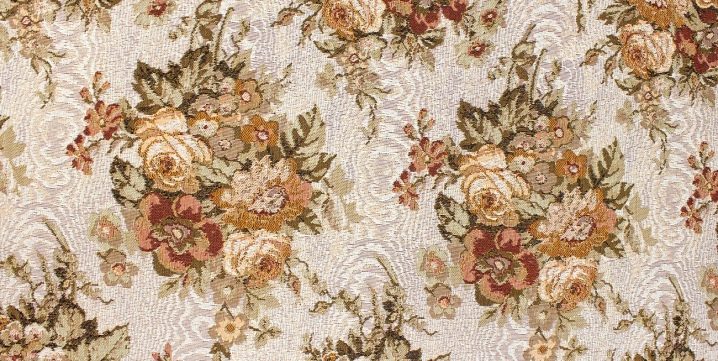
By the type of manufacture, the tapestry bedspread is:
- single layer;
- two-layer.

It's not just the number of layers of textiles that differ.
Interlacing of threads happens:
- one-sided, having a clear pattern on the front side, which provides for the use of the coverlet on only one side;
- double-sided, in which both sides have a clearly defined pattern, so the bedspread can be laid on both sides.


Functions
Tapestry bedspreads are unique in their versatility. Classic furniture covers, they are capable of several tasks. Such capes are suitable for different furniture (bed, sofa, armchair, baby cot), they:
- protect furniture from dust, dirt, moisture, abrasion;
- easily turn into a light blanket, sheltering the user from the coolness if necessary;


- when rolled up, they can become an optimally rigid and even mattress bed for a stroller;
- able to replace a sun lounger on the beach;
- are the decor of furniture, giving it a complete and neat look.


Furniture decorated with such a bedspread is transformed. Covering bedding or upholstery, a tapestry cape changes the style of a room, diluting it with fresh colors. It can be an independent accent or be part of a set, repeating itself in the texture of decorative pillows, covers on the back of a sofa or chair, armrests.
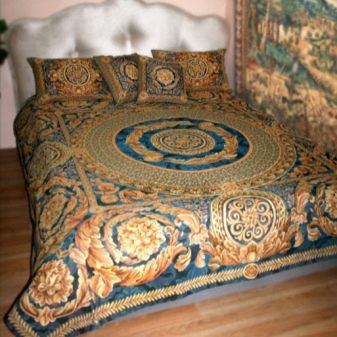

Dignity
Tapestry bedspreads are environmentally friendly. They have excellent air permeability, hygroscopic, and have good hygienic properties.
These products:
- differ in a variety of size range, which allows you to choose a cape exactly according to the size of the furniture (bed, sofa, armchair), taking into account its design features;
- do not wrinkle during operation, always look neat and well-groomed, do not form folds or wrinkles during use;
- do not need frequent washing, having a rather dense structure of weaving of threads;
- due to color schemes, they successfully fit into a different type of room, almost always matching the tone of the existing interior items;
- have a rich color palette with colorful shades, allowing you to subtly change the temperature of a room, depending on the color, adding light to it or shading light style details;
- thanks to special impregnation and variegated pattern, they are practical and do not show minor dirt;
- have a wide range of prices: depending on the size and composition, pattern and texture, the tapestry bedspread can be bought according to taste and planned budget.

Minuses
Due to the massive combination of colors, the tapestry bedspread requires careful selection of style. It will not be appropriate in modern or minimalist design, it does not look particularly relevant in a room where a soft pile carpet is laid on the floor. Today, compatibility is of great importance, so before buying it is worth considering: the wrong choice of bedspreads can simplify the overall look of the room.



The tapestry-jacquard bedspread has another drawback: due to the dense interweaving of the threads of the canvas, it is difficult to remove stains from it resulting from contamination with liquids. In addition, if the linen contains more natural raw materials, when washed at the maximum temperature, it can shrink, which will affect the size and raise the question of buying a new accessory: if the linen does not completely cover the sleeping place, it looks ugly.

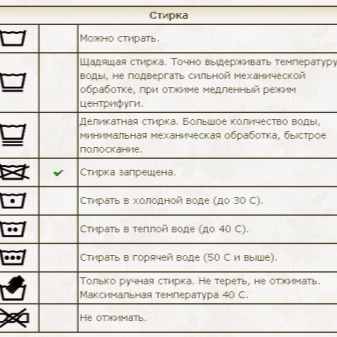
Premium canvases are quite expensive: in some stores their cost exceeds 10,000 rubles.
Choosing a model for a bed, sofa or armchair: what to look for?
Buying a tapestry bedspread is not difficult, however, before that you need to look at the existing interior and decide whether this product is suitable for it. If so, you can safely go to a store with a proven reputation, which has a lot of positive customer reviews.


There are several factors to consider when buying:
- you should not "dress up" the wall with a blanket: it is old-fashioned and tasteless (only a designer can do this in an appropriate and stylish way, and here you will have to change pieces of furniture by tying the canvas to a specific element);
- size: at home it is worth measuring the parameters of the furniture in advance (there should be no twisting, uncovered areas should not be, the standard parameters of the models are 150x200, 180x200, 190x230, 200x220, 200x240, 250x240 cm);
- such a product is relevant if there is no other tapestry in the design (the abundance of variegation and texture will create the impression of a national home, depriving the room of its individuality);
- with a small space of the room, you should avoid a pattern with many colors: this will reduce the already small area of \ u200b \ u200bthe room (it is better to rely on the style: frills, edging in the form of a cord, fringe, lace);
- cool tones of the palette are good in moderation: abundance and dark colors will quickly bore and annoy the user;



if the side of the room is north, it is worth choosing a product in "sunny", warm colors: this way it will be possible to add light to the room;
- you should not choose a model and color to match the curtains, repeating the texture and style: this will deprive the interior of its special features;
- accessories made of synthetic tapestry simplify the general background: it is better to choose models from natural raw materials;
- brown tapestry is practical, but old-fashioned and loads the room with darkness: light and saturated tones with a small set of colors are relevant, preferably on a light basis;
- velor bedspreads based on tapestry look good in a room where there is a soft pile carpet;
- if the product is being bought for a long time, you should pay attention to the two-layer model with a wide edging along the edge (practical, and due to the doubled density, such a blanket looks premium);
- moderation of color: you should not create unnecessary tension in the room, because each shade has an effect on the subconscious of a person (you need to choose a range of pastel colors with discreet dark strokes).



Care
Taking care of a tapestry bedspread is easy.
To do this, take note of a few simple tips:
- hand wash is preferable with delicate movements and without a sharp spin;
- if the product is washed in a machine, it is important to choose a gentle mode and a low temperature (no more than 30 degrees);
- in the presence of stubborn stains, they are dealt with before washing, using special means, applying them directly to the stain (before that, a test is carried out on the corner in order to check the reaction of the fabric to the detergent preparation);
- drying is carried out in a natural way (heating devices or an iron cannot be used);
- ironing at maximum temperature is unacceptable (this can melt synthetic fibers);
- some textiles are dry cleaned;
- periodically the bedspread needs to be ventilated in the open air;
store the product in case of uselessness in a ventilated bag or wrapped in a sheet (polyethylene is excluded).
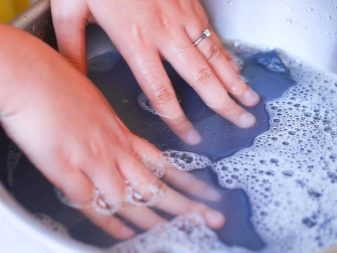

How tapestry is made in production, see the video:













The comment was sent successfully.